Fallacies in Fitness – Episode III
1. The chin-up is a great exercise for the biceps.
Contemporary fitness articles are continuing to promote the chinup as a great exercise for building the biceps. This fallacy contradicts basic functional anatomy – the biceps are muscles which flex the shoulder joint, the chinup is an exercise which extends the shoulder! Every year, I set asisde a couple of months to target my pulling ability and devote myself to chinups and pullups. During this period of specialization I eliminate or greatly reduce all other upper body exercises, including biceps curls. Although my chin up performance improves, my upper arm girth always shrinks (by at least half an inch!). For further proof consider an independent study the next time you have biceps tendinitis (not brachialis or brachioradialis tendinitis). Despite the biceps soreness, performimg chinups and pullups will be tolerable. On the other hand, proper dumbbell curls will be excruciating (due to the superior level of biceps recruitment). Choose biceps curls if you want biceps development!
2. Compound movements are more functional than isolation exercises
This blanket statement drives me nuts for three reasons:
First, no exercise is universaly functional! Functionality is limited to a specific goal; that is, an exercise which improves one type of physical task may be irrelevent or even detrimental to another physical task. The chin-up, for example, is an invaluable tool for grapplers – strengthening sport-specific muscles, reinforcing key movements and serving as a tool for managing injuries. For boxers, however, the chin-up is largely irrelevent – it does not strengthen key muscles or reinforce any pertinent movements. In fact, weight gained from dedicated pulling would be detrimental to endurance and making weight.
Second, isolating and strengthening an individual muscle can unleash enormous potential in complex movements. Most clinicians (countless times I am sure!) have observed marked improvement in strength, power and efficiency when a single, performance limiting muscle has been activated. If your isolation exercises are not improving a specific ability you are probably not strengthening the correct muscle.
Finally, many people confuse complexity with function. An exercise is not automatically “functional” just because it requires inspiring skills. Physical tasks are made distinct by the muscles used, the physiology that is engaged, balance type, timing, co-ordination, environmental cues, state of mind etc. etc. Most flashy attempts at functional training are completely irrelevent to any goal.
3. Quadriceps to hamstring strength ratio is crucial for injury prevention
Incorrect notions in regards to muscular balance are often used to explain the occurence of injuries. Most often, it is the strength relationship between angonist and antagonist that is blamed. In truth, the strength relationship between synergists is much more important. The vast majority of muscular injuries (that are not the result of violent trauma) are the result of strain born from compensation. The hamstring has four heads – each reliant on the other to help with functions at the knee and hip. A weak or inhibited head (caused by postural issues) forces the active heads to pick up the slack. Overtime, the active muscle fibres become overstressed and tight. When the final straw imposes its stress the vulnerable heads are either strained or torn. Balance the strength amongst synergists and the incidence of injury will go down!
4. Just About Anything Overly Esoteric
Esoteric health and fitness trends often prove to be fallacies. When promised effects cannot be readily observed, experienced or logically validated there is good reason for strong skepticism. I am not sure where the threshold for skepticism exists for some followers of esoteric ideas but it seems to be way too high. Novel ideas are great (I hope to share a few!) and certainly don’t require published, peer reviewed data to at least be contemplated. However, reality tends to be grounded in the fundamental sciences of anatomy, physics, chemistry and biology. Some fitness and health trends that should provoke healthy skepticism:
- breathing interventions
- cold exposure (I would bet 20 minutes of sun exposure is more beneficial)
- bowel interventions
- physical therapies which don’t feature physical contact at the affected area
- mostly anything that requires batteries or is made of plastic
5. Some types of exercise build long and lean muscles
Another fallacy that drives me nuts every time I hear it. Leaness is forever determined by the balance between caloric ingestion vs expression! No exercise will build a “lean muscle” in a fat environment. If special exercise classes built long muscles then the instructors would have muscles that exceed the length of their bones! Their muscular system would drag behind their skeleton like an oversized sweater or fallen socks. If I had a special power it would be to evoke a world-wide reflex to think twice before adopting any notion as a belief!
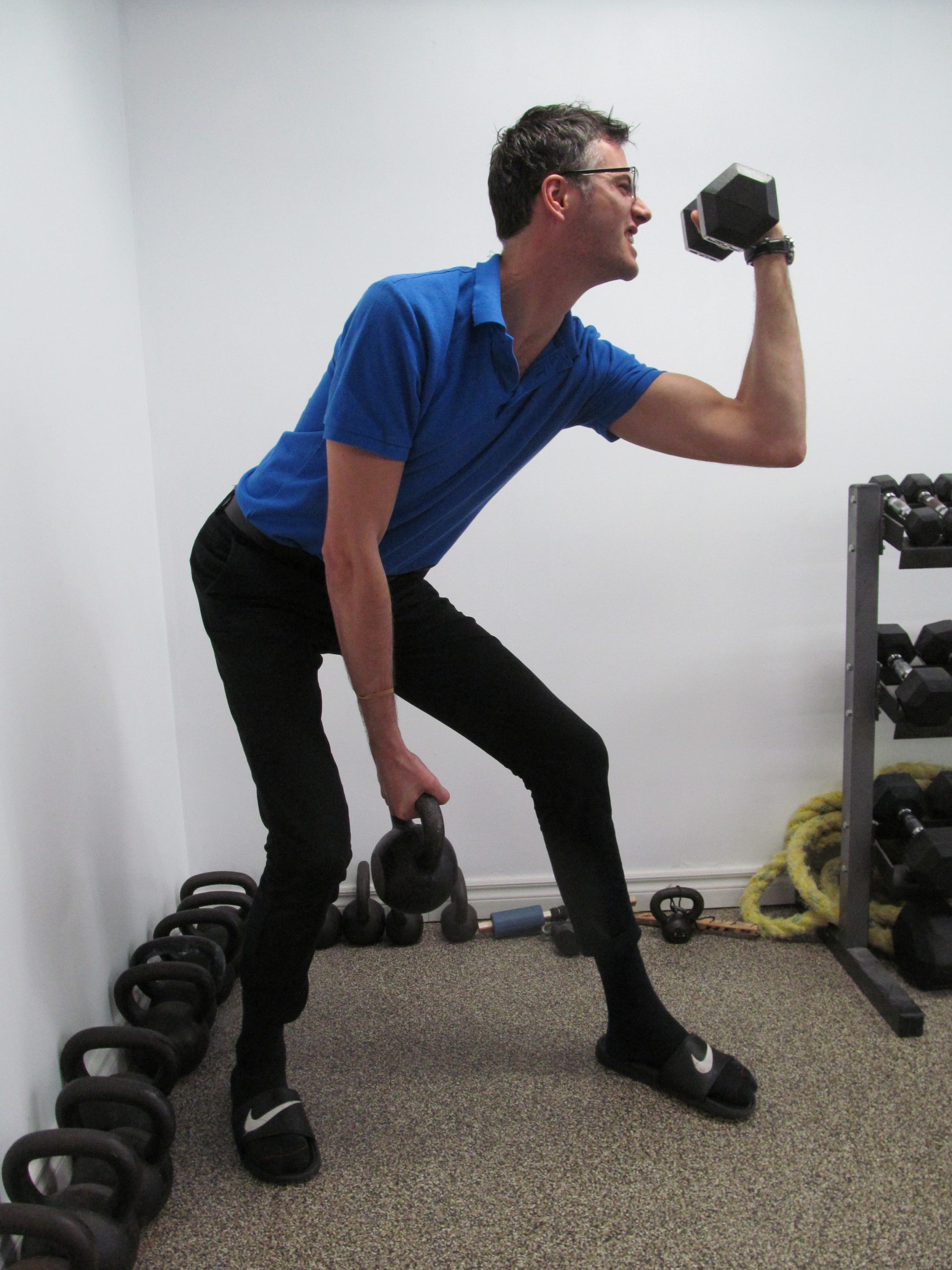
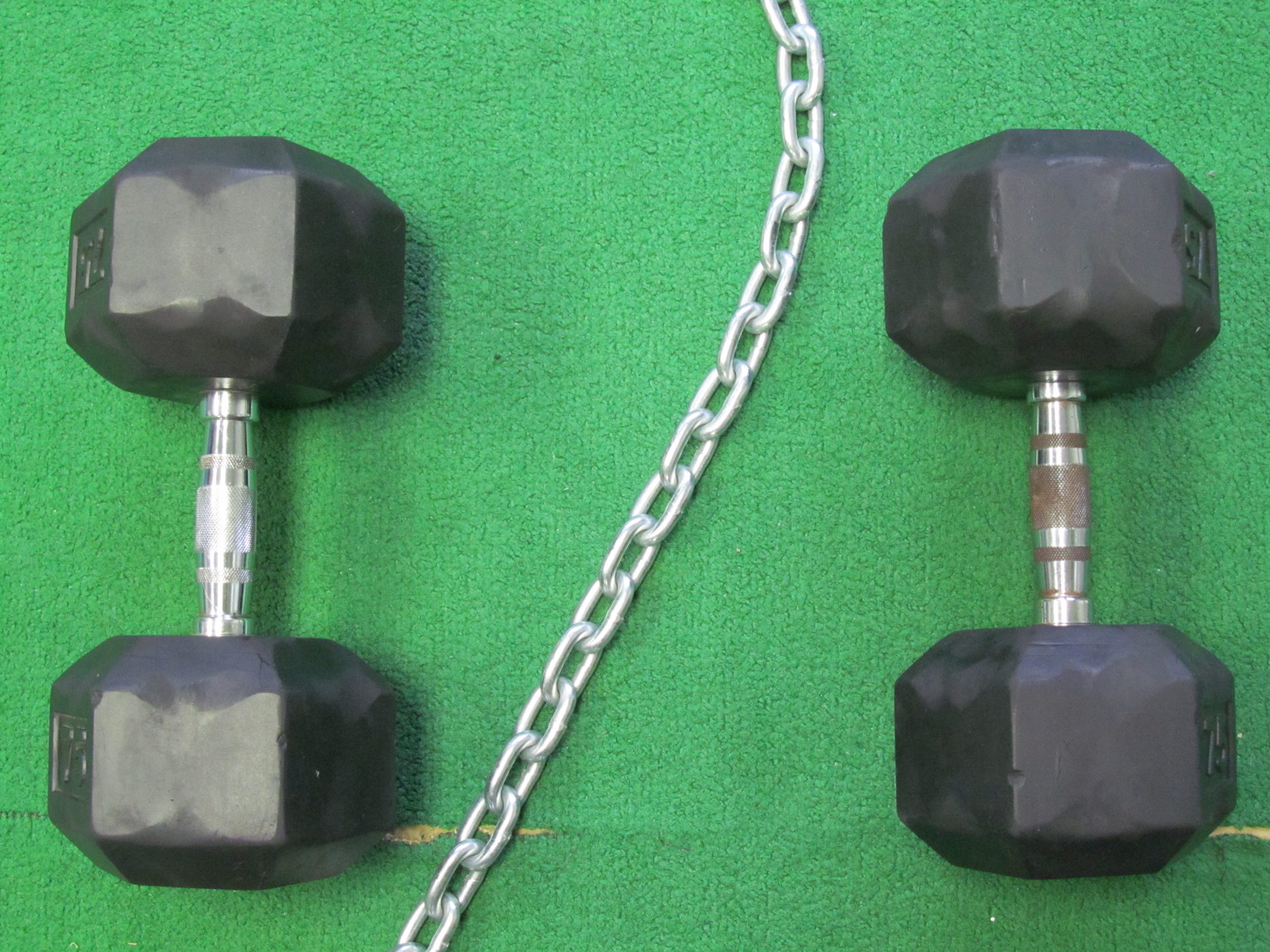



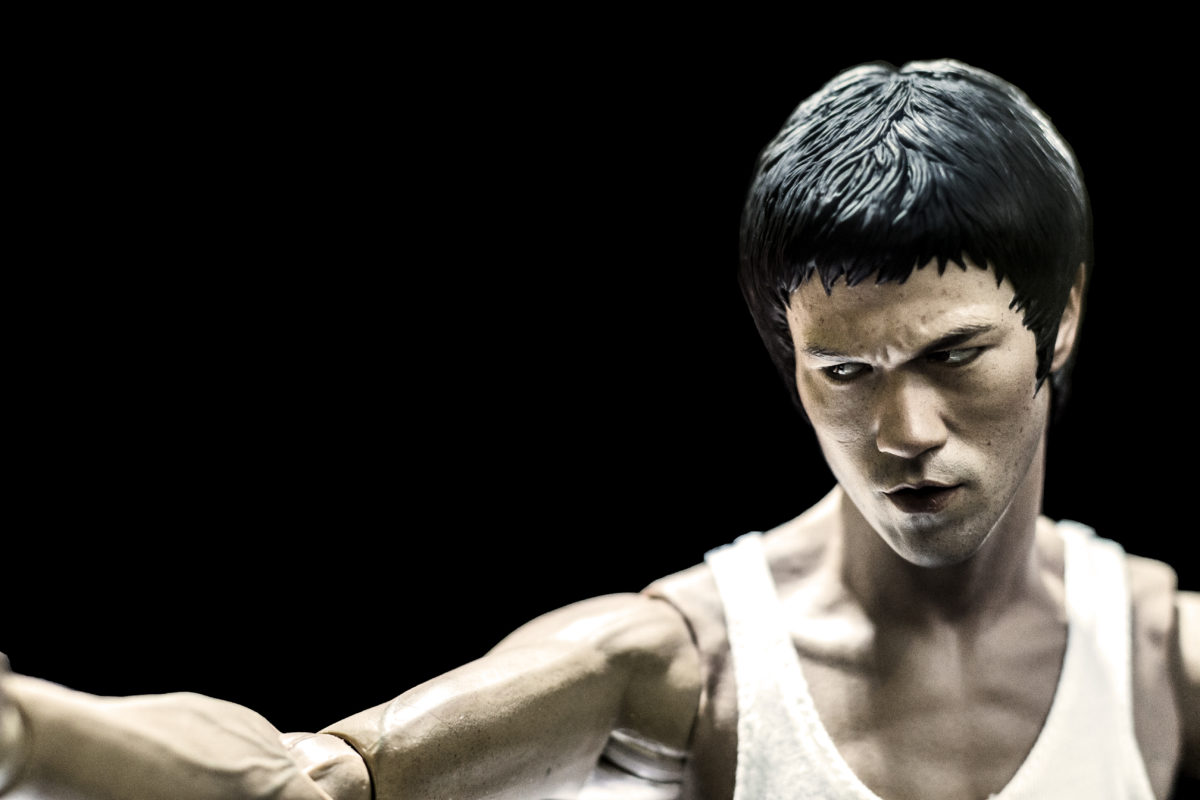
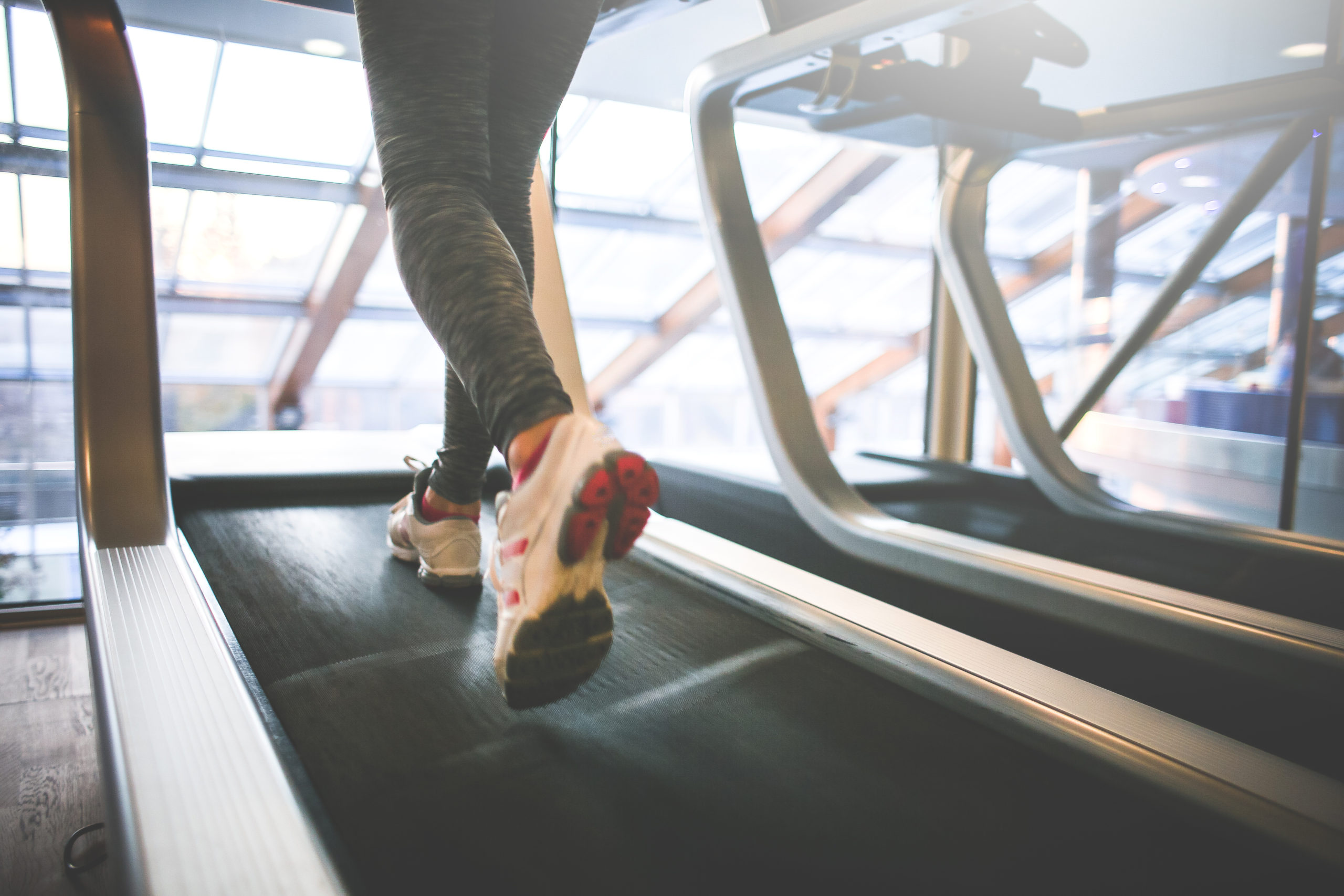
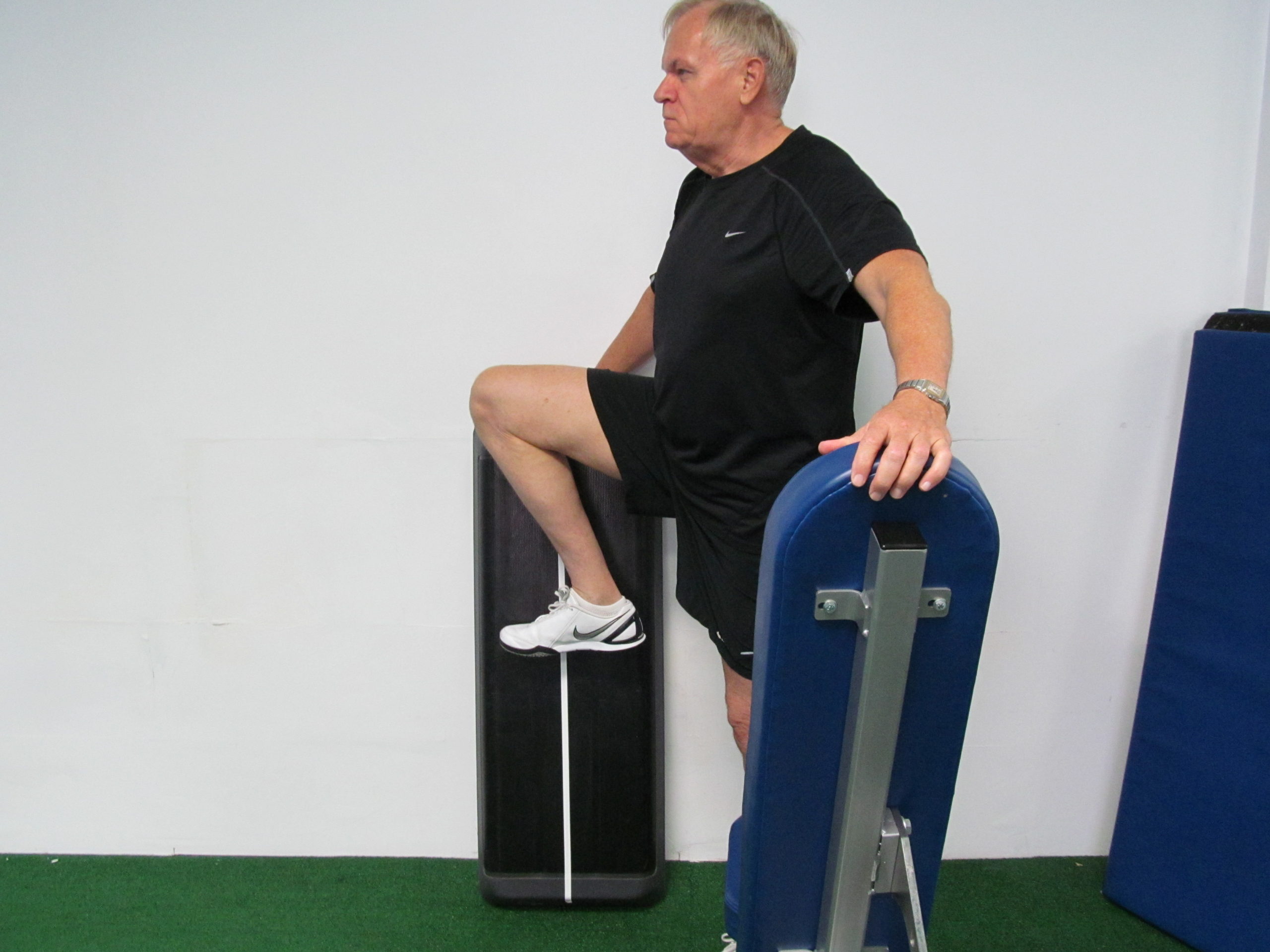
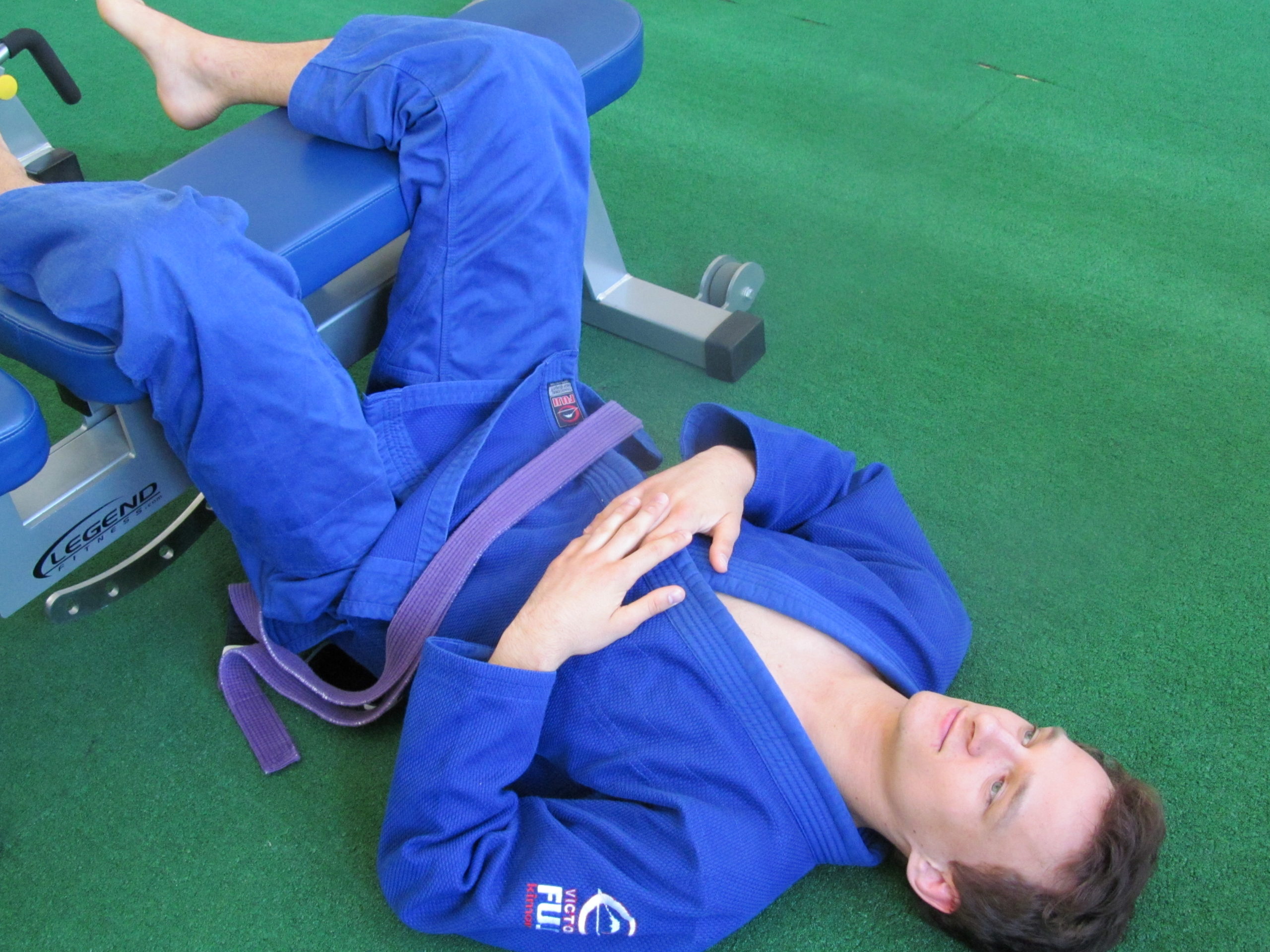
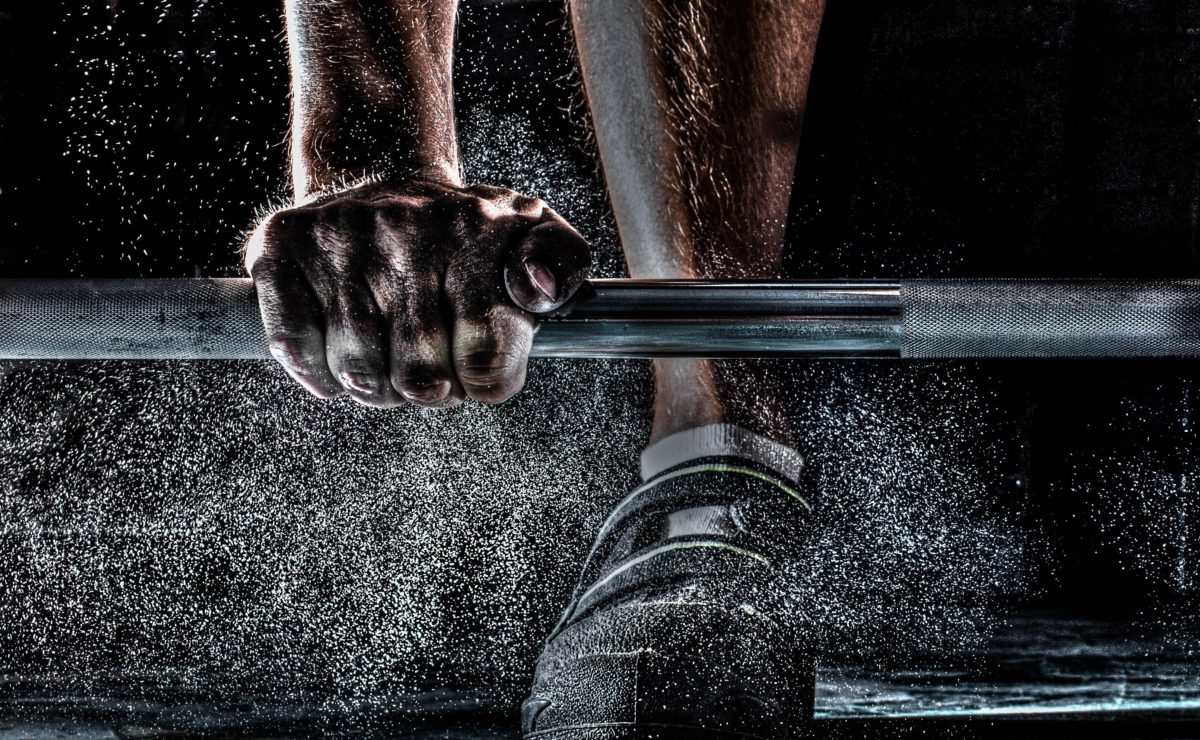
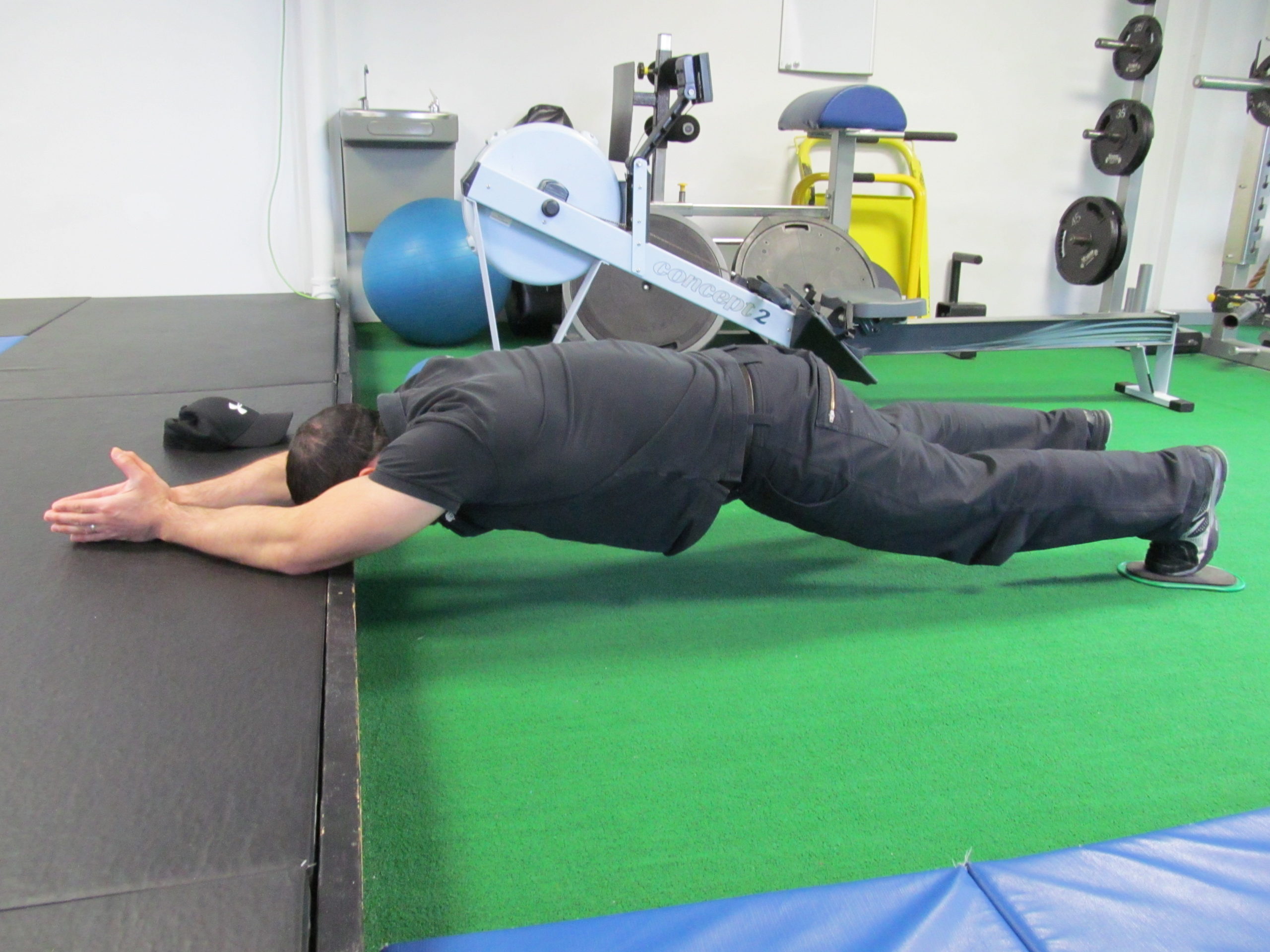




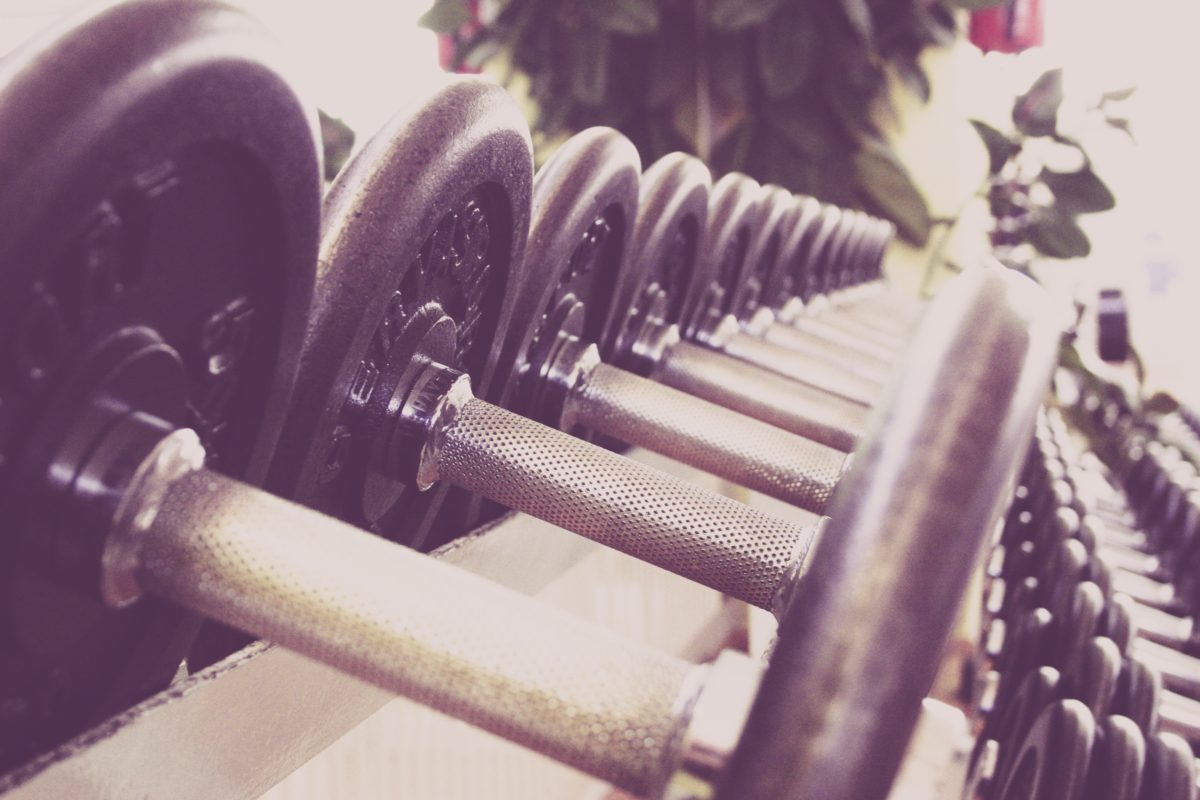
Recent Comments